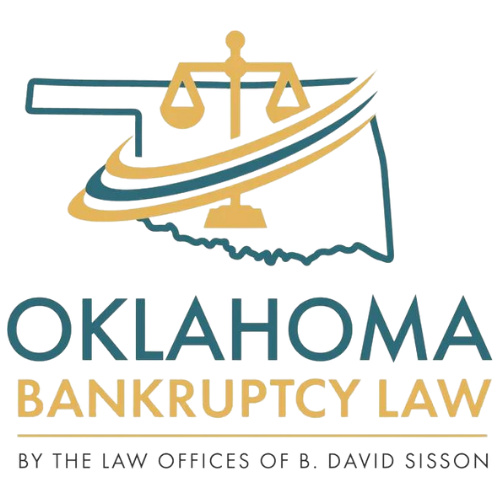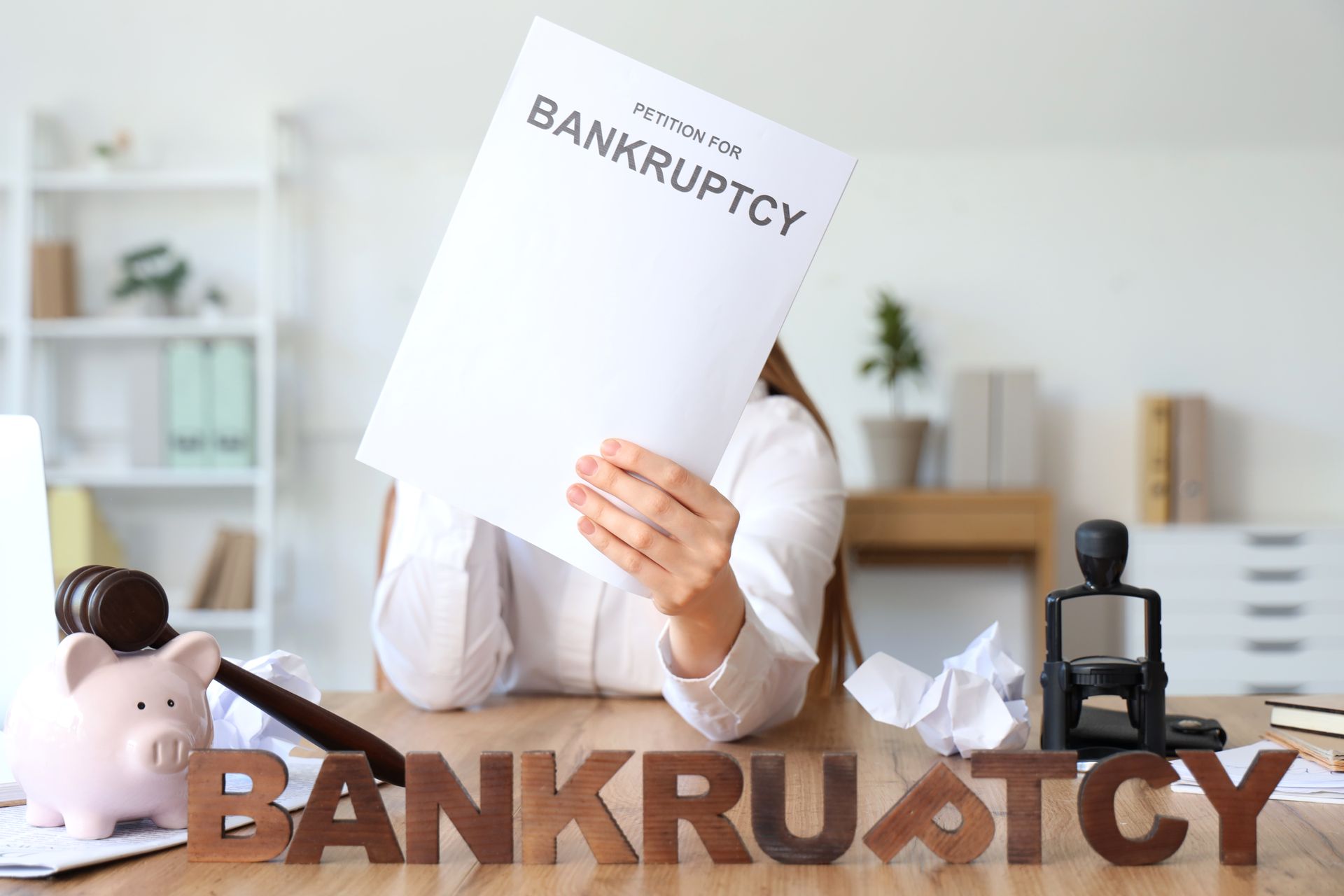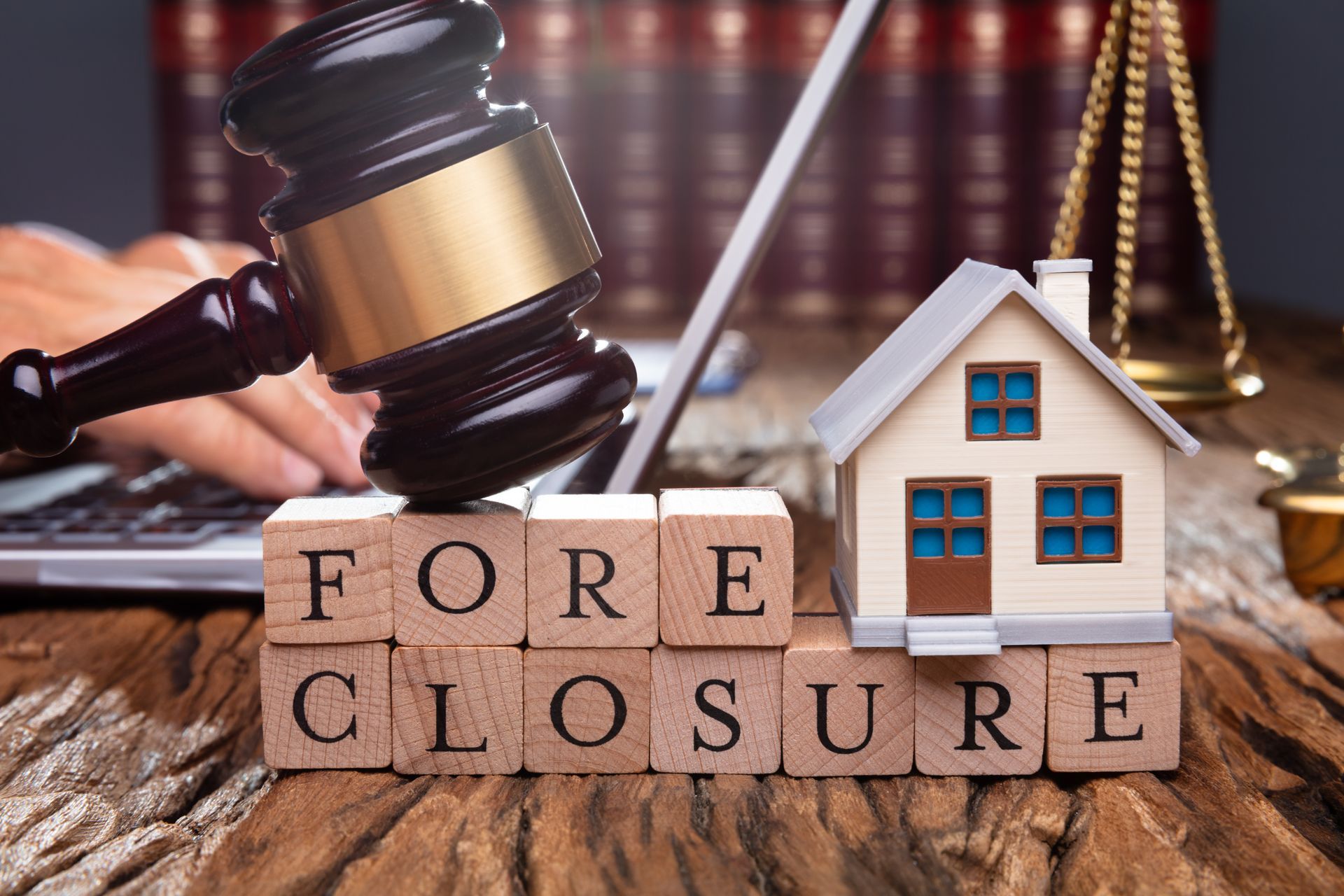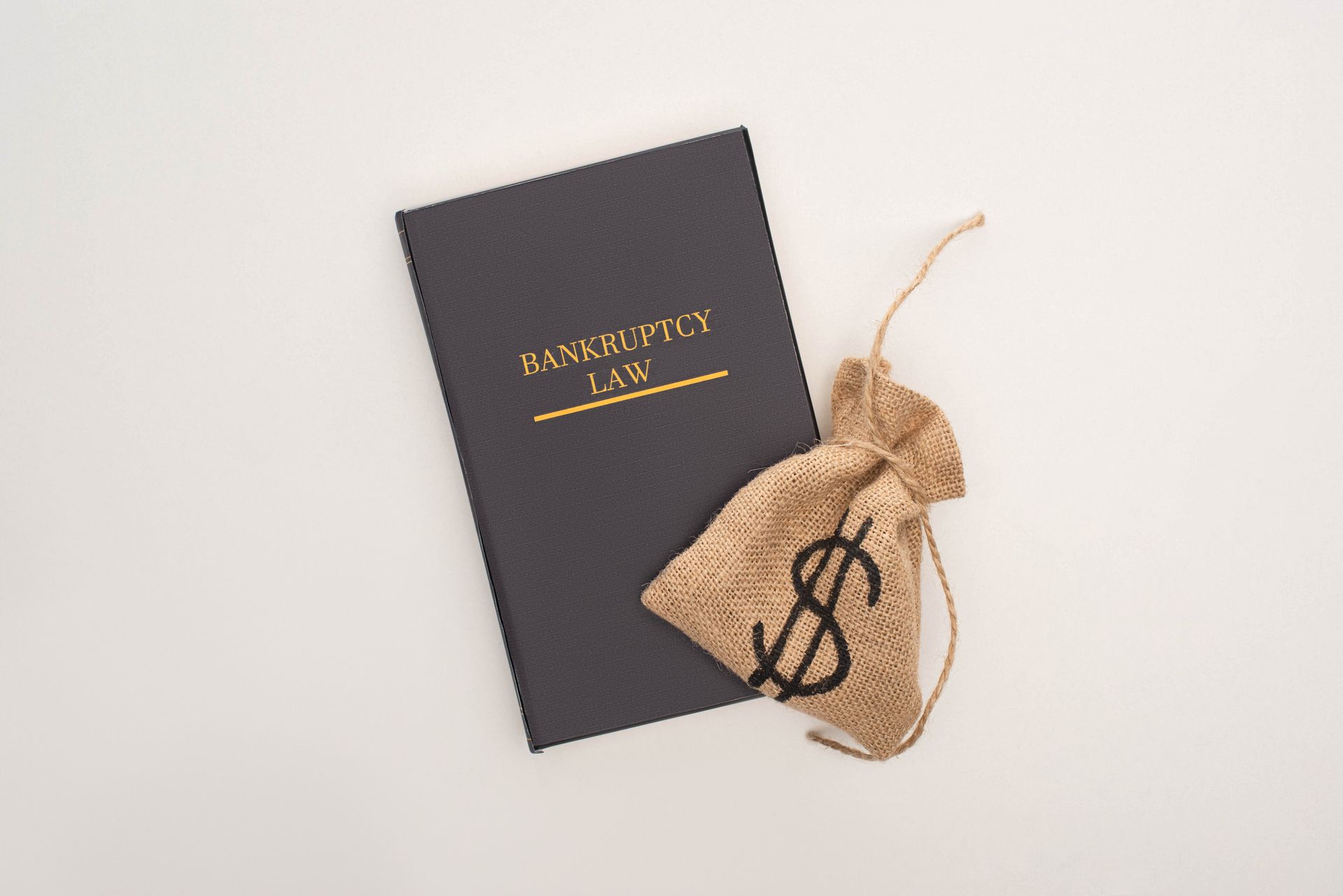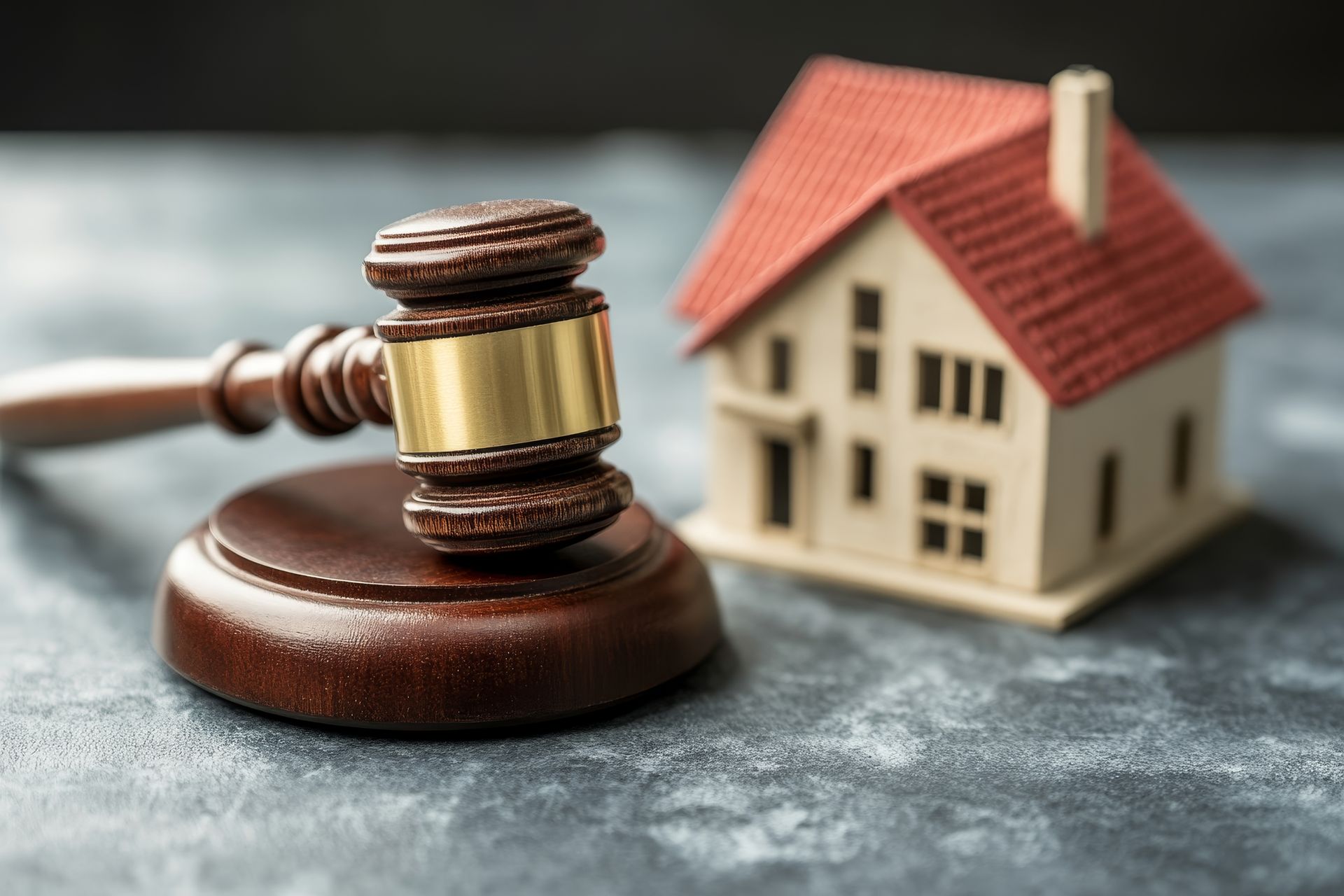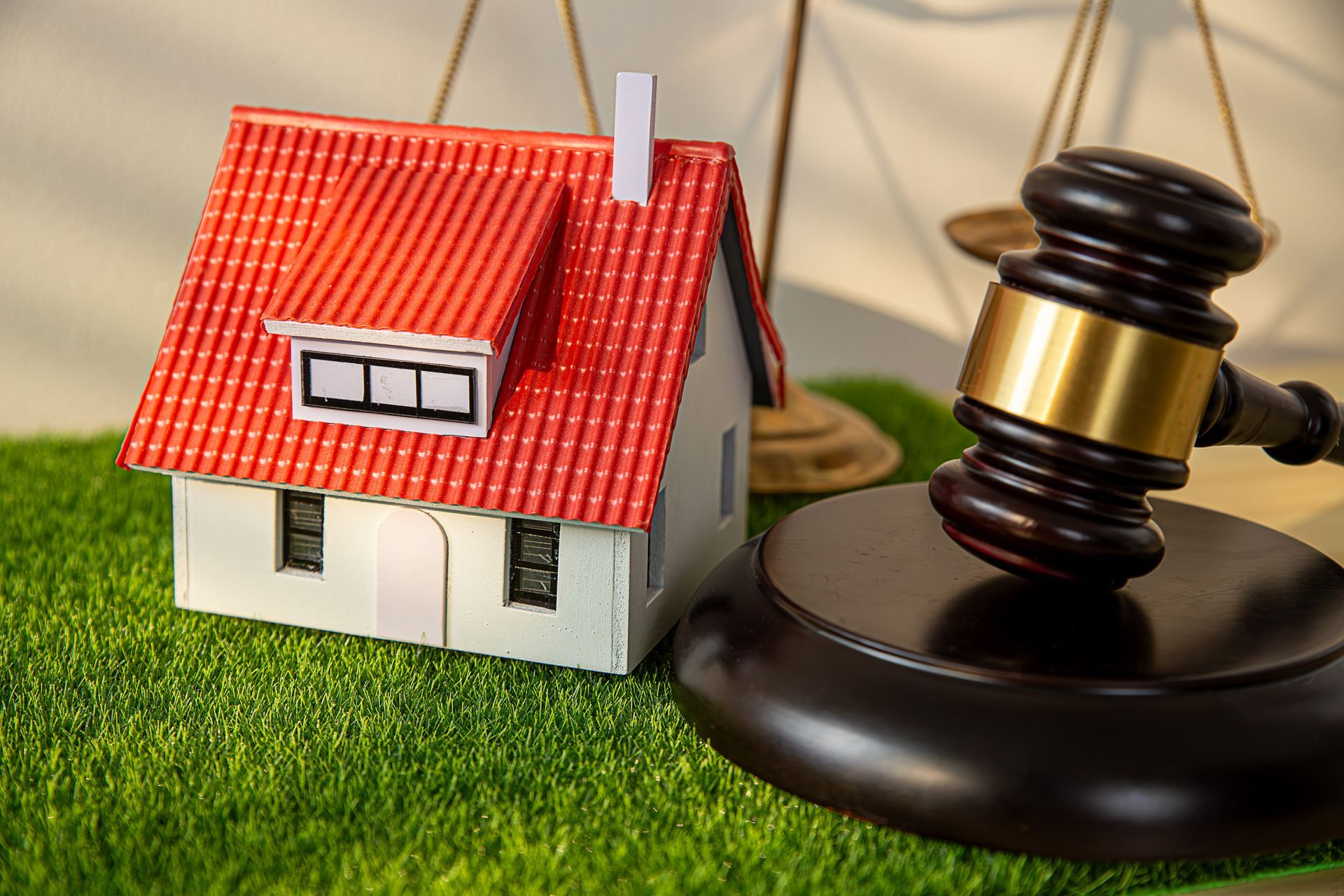Chapter 7 vs. Chapter 13 Bankruptcy: What is the Difference & How Does it Impact Me?
Chapter 7 vs. Chapter 13 Bankruptcy: What is the Difference & How Does it Impact Me?
When debt becomes overwhelming, bankruptcy can provide a way forward. The two most common types for individuals are Chapter 7 and Chapter 13 bankruptcy. While both can help eliminate debt and provide financial relief, they work in different ways. Understanding the differences can help you determine which option is best for your situation.
What Is Chapter 7 Bankruptcy?
Chapter 7 bankruptcy, often called liquidation bankruptcy, is designed for individuals who do not have the income to repay their debts. This process eliminates most unsecured debts, such as credit card balances, medical bills, and personal loans, giving the filer a fresh start.
To qualify, individuals must pass a means test, which compares their income to the median income in their state. Those who do not meet the income requirements for Chapter 7 may need to consider Chapter 13 instead.
One of the biggest concerns about Chapter 7 is asset protection. While some assets may need to be sold to repay creditors, many essential assets are protected through bankruptcy exemptions. This can include a primary home, vehicle, retirement accounts, and personal belongings. If an asset falls under an exemption, the filer can keep it.
Chapter 7 is typically a fast process, taking around four to six months to complete. Once the case is finalized, eligible debts are discharged, meaning the filer is no longer responsible for paying them.
What Is Chapter 13 Bankruptcy?
Chapter 13 bankruptcy, also known as reorganization bankruptcy, is a good option for individuals with regular income who want to restructure their debt rather than have it eliminated immediately. Instead of liquidating assets, Chapter 13 allows filers to create a court-approved repayment plan that lasts between three to five years.
This option is best for those who have fallen behind on mortgage or car payments but want to keep their property while catching up on missed payments. Because Chapter 13 focuses on repayment rather than liquidation, filers do not have to sell their assets. Instead, they make monthly payments to a bankruptcy trustee, who distributes funds to creditors. Once the repayment plan is successfully completed, any remaining eligible debt is discharged.
Choosing the Right Bankruptcy Option
The choice between Chapter 7 and Chapter 13 depends on income, financial goals, and the need to protect assets. Chapter 7 is often the best option for those with limited income and no realistic way to repay their debts, as it provides a quick discharge of qualifying debts. On the other hand, Chapter 13 is ideal for individuals who have a steady income and want to protect their home, car, or other valuable property while restructuring their debts into a manageable payment plan.
Take the First Step Toward Debt Relief
If you are considering bankruptcy, it is important to understand how each option will impact your financial future. Whether you need immediate debt relief through Chapter 7 or a structured repayment plan through Chapter 13, bankruptcy can be a powerful tool to regain control of your finances and move forward with confidence.





